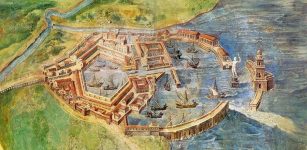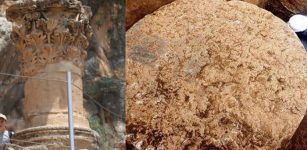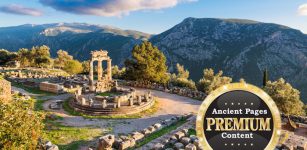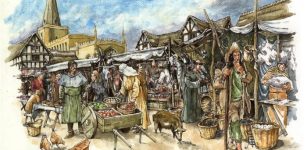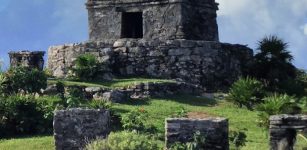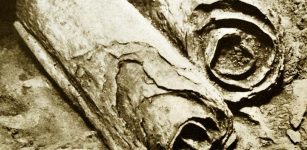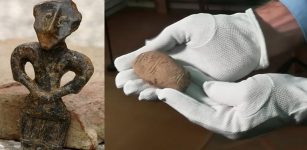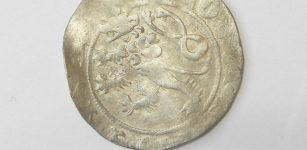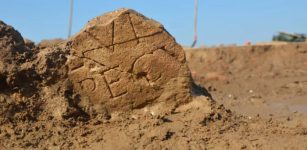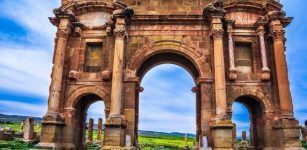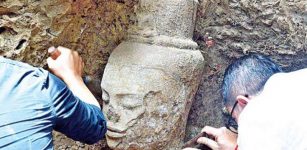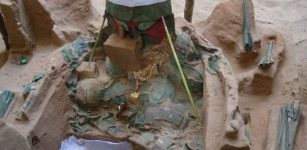The ‘Anasazi’ Mystery: Sophisticated Civilization That Disappeared
A. Sutherland - AncientPages.com - In south-west America, there are remains of the dwellings that once belonged to the Anasazi people, a civilization that arose as early as 1500 BC.
The first settlement was found at Mesa Verde by Richard Wetherill, a rancher and trader who, in 1888–1889, was the first Anglo-American to explore the sites in that area.
Surprisingly, everything there was found so well preserved in the dry conditions that it really looked as if the inhabitants had just fled. The numerous human remains included some desiccated bodies indicating that some kind of massacre had taken place at the site or some environmental factors were a more likely cause of abandonment.

The answer to the mystery of why the Puebloans abandoned their great cities may be contained within the tribes’ oral traditions. Photo: wikipedia
Something went terribly wrong among the Anasazi. What terrible event forced the people to flee their homeland and never to return?
Pueblo Bonito (“pretty village”) - located in Chaco Canyon, in New Mexico - is a special place; it’s one of the most impressive prehistoric sites in the United States.
Now, this region is a vast arid desert of sand, rock and mesa, but it was flourishing agricultural community. This was a domain of the Anasazi, or rather the Ancient Pueblo peoples who lived in cliff dwellings and pueblos. The name ‘Anasazi’ is a Navajo word for “enemy ancestors”.

Some structures remained the largest buildings in North America until the 19th century. Photo credits: Paul Nicklen
The greatest architectural accomplishment of this vanished civilization was the houses and settlements built into the sheer rock wall of the Chaco Canyon in western New Mexico. Canyons, buttes, and mesas housed a population of 30,000 at its peak and covered an area of 30,000-square-mile of landscape.
They built such villages as the Pueblo Bonito, which at certain areas was as high as five stories and contained 800 rooms, all arranged in a D-shaped arrangement.
Pueblo Bonito was only one small part of a network of settlements connected by a 400-mile system of roads, some as wide as 30 feet, flanked along the way by astronomical observatories.
Another impressive mesa was present-day Acoma Pueblo called the “Sky City” in New Mexico.
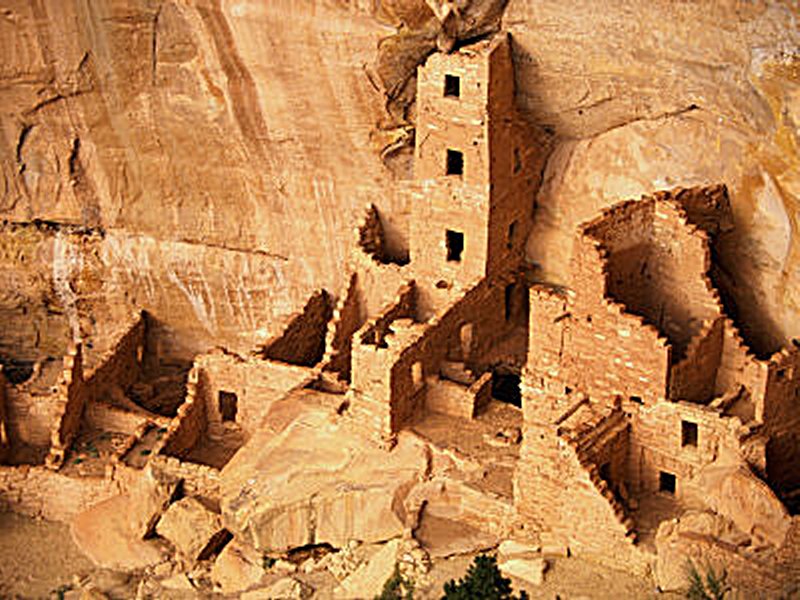
It was suggested that these large roads were used to quickly move an army from the canyon to the outlier communities but the lack of traces of a permanent army is evident.
This civilization, formerly known as the Anasazi was very advanced. Great cities flourished among the sandstone cliffs, astronomers studied the stars and engineers built great roadways, towers, and stone complexes. Some of these structures even today surprise us.
In fact, about 15 major complexes assembled by Chacoan skilled builders remained the largest buildings in North America until the 19th century!
The water supply was controlled by a series of dams and channels.
This is a legacy of the Ancient Pueblo peoples or if you prefer call them – the Anasazi, a mysterious great civilization which left pottery, weaving and other crafts but their writing is unknown, although some pictographs have been found.
Today, various American Indian tribes of the region claim to be descendants of the Ancient Pueblo peoples and call themselves the Puebloans.
They believe that the Anasazi did not disappear, but rather evolved into today's American Indian population of the Southwest.
Written by – A. Sutherland - AncientPages.com Senior Staff Writer
Copyright © AncientPages.com All rights reserved. This material may not be published, broadcast, rewritten or redistributed in whole or part without the express written permission of AncientPages.com

